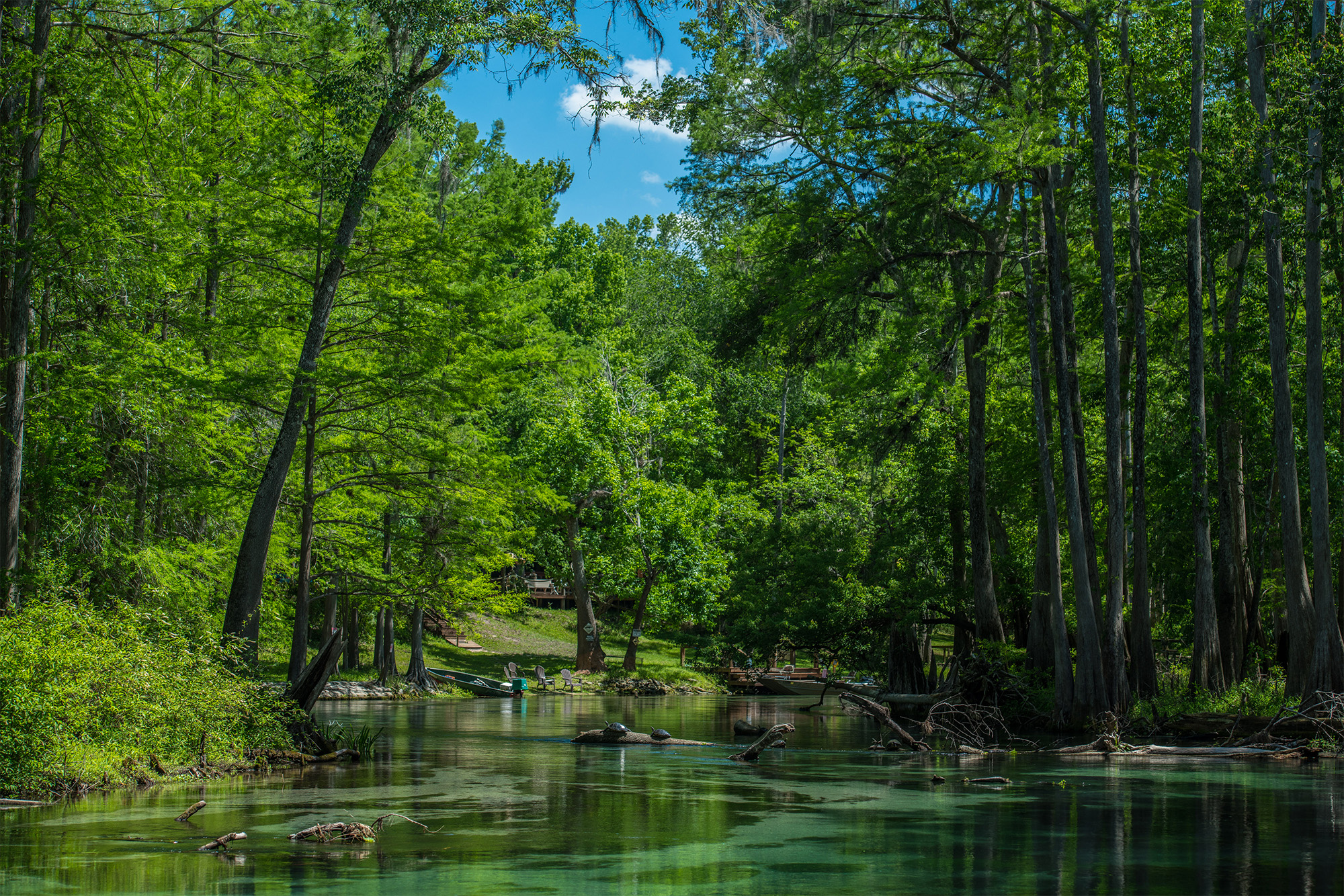
Search
FOUND 5 RESULTS FOR “Suwannee County Courthouse”
Search Again?
-
Suwannee County Courthouse History
A Landmark Through the Years: The Story of the Suwannee County Courthouse On November 3, 1903, the Board of County Commissioners ordered that a new Courthouse be built to replace the one constructed thirty years before, “which has outlived its usefulness,” according to the minutes of the meeting. The Board accepted the Courthouse architectural plans…
-
Suwannee County Courthouse
On November 3, 1903, the Board of County Commissioners ordered that a new Courthouse be built to replace the one constructed thirty years before, “which has outlived its usefulness,” according to the minutes of the meeting. The Board accepted the Courthouse architectural plans prepared by Benjamin B. Smith of Montgomery, Alabama for the new building.…
-
Suwannee County: Florida’s Ultimate Snowbird Destination
As other states begin to feel the chill of winter, Suwannee County’s mild Florida temperatures offer the perfect escape. Outdoor adventures, holiday happenings, and local culture still thrive, making it an ideal cold-weather retreat. Winter Rentals for Snowbirds Traveling by RV is the preferred choice for snowbirds escaping the winter blues, and Suwannee County is…
-
Explore Suwannee County’s Historic Sites and Landmarks
Suwannee County is a land rich in history, from Native American villages to Spanish mission sites to the last 200 years of American ownership under which the County has prospered. Although many of these historic sites are long gone, there remain many reminders of Suwannee County’s past, including, 100+ year-old buildings in downtown Live Oak…
-
Explore Freshwater Springs
Explore freshwater springs in Suwannee County, Florida Official Tourism Website of Suwannee County, FL 81° SEARCH suwannee Twitter suwannee Facebook suwannee Instagram Suwannee, Country Florida Home Things To Do Suwannee River Springs Music Attractions Caves Parks Restaurants Shopping Places To Stay Hotels Campgrounds Events Blog Menu Hotels suwannee florida hotel room interior Campgrounds family camping…

